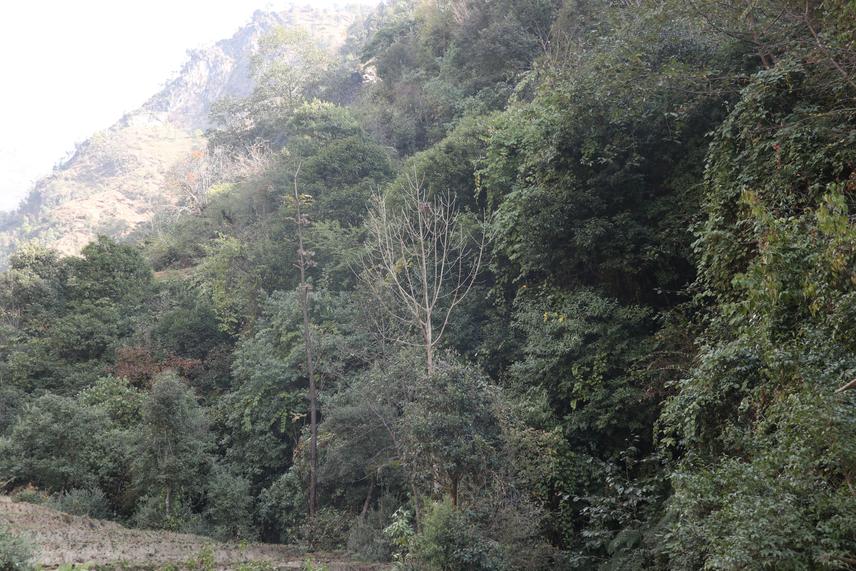Ripu Kunwar
Other projects
10 Sep 2015
Documentation and Conservation of Indigenous Medicinal Plants and Traditional Knowledge in Far Western Nepal
23 Jan 2017
Collaborating Communities, Conserving Criticals: Conservation of Indigenous Medicinal Plants and Knowledge in Baitadi and Darchula Districts, Nepal
The traditional mountain livelihood strategy such as animal husbandry, summer grazing, transhumance and collection-use-trade of medicinal plants are common within the rugged terrain and semi-arid mountains. It finely adapts within the premises of culture-conservation harmony where the mountains are especially important to mountainous population as collection grounds for medicinal plants, grazing sites for livestock and as prayer grounds for pilgrims. The culture of collection, use and trade of mountainous medicinal plants is ritual, historic and biodiversity-friendly. Livelihood, rites and primary health care as well as economy of mountain communities have long been nurtured by these mountains. However, in the changed contexts of land-use, socio-economy, culture and climate curtailed by the limited information of diversity, distribution and density of indigenous/endemic medicinal plants, the linkage of mountains-medicinal plants-mountainous people is in great peril. This study will monitor, map and model the threatened medicinal plants and help maintain the human-mountains-medicinal plants linkage.

The traditional mountain livelihood strategy such as animal husbandry, summer grazing, transhumance and collection-use-trade of medicinal plants are common within the rugged terrain and semi-arid mountains where the mountains are important to mountainous population as collection grounds for medicinal plants, grazing sites for livestock and as prayer grounds for pilgrims. However, the mountains are in great peril in the changing contexts of land-use, socio-culture and climate. The jeopardy is rife in the mountains where the information regarding diversity, distribution, density, use and conservation of indigenous medicinal plants is discrete and scant and the research in underfunded. Earlier RSGF supported works revealed that the local medicinal plants are limited in distribution and are aggravated by over-exploitation. Within that baseline, this study intends to extend the inventory, assessment and conservation (measure, map, monitor and model) of medicinal plants of three adjoining mountainous districts Darchula, Bajhang and Humla of Kailash Scared Landscape, Nepal. In particular, this study will:
(1) enumerate/freelist all high altitude/mountainous medicinal plants of Darchula, Bajhang and Humla districts and assess their socio-cultural values (for household economy: trade, primary health care and culture);
(2) evaluate the distribution, population and conservation of the selected 12 threatened medicinal plants based on ecology (low population/density/frequency), geography (narrow/limited distribution) and socio-culture (high trade and cultural value; indigenous conservation strategies);
(3) identify the five most vulnerable plants among 12 in terms of geography, ecology, socio-culture, cultural consensus and conservation and guide district forest offices and local stakeholders for necessary conservation measures;
(4) map, model and monitor the selected five medicinal plants in terms of aridity, human and market pressures, land-use, climate and sociocultural changes.
Available collection/trade records of government of Nepal (district forest offices) showed that the high value mountain medicinal plant species Ophiocordyceps sinensis, Nardostachys grandiflora, Selinum wallichianum, Neopicrorhiza scrophulariflora, Taxus contorta, Dactylorhiza hatagirea, Paris polyphylla, etc. have long been collected, bartered and traded in Kailash, Nepal since centuries because of their significant contributions on local livelihood, socio-economy and culture. However, the tradition, hailed for socio-economic gain, cultural retain, biodiversity conservation and even for drug development has now been jeopardized due to socio-acculturation, economic transformation, development, land-use change and climate change.